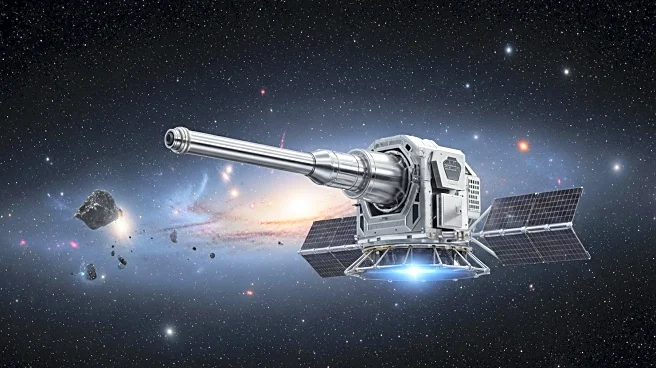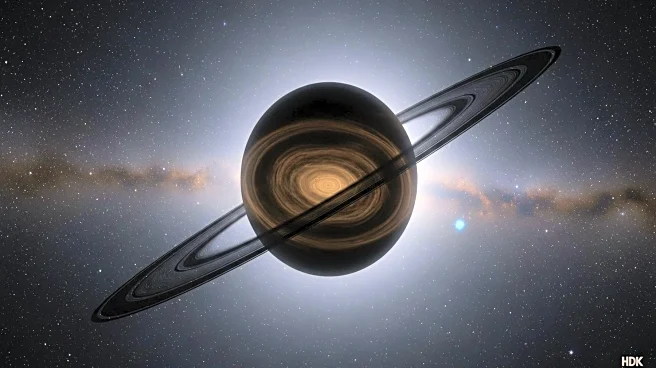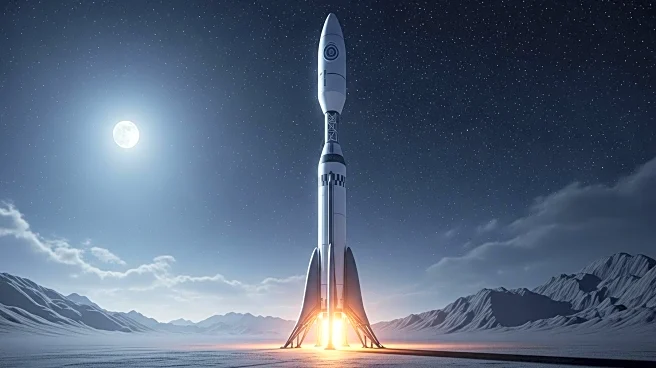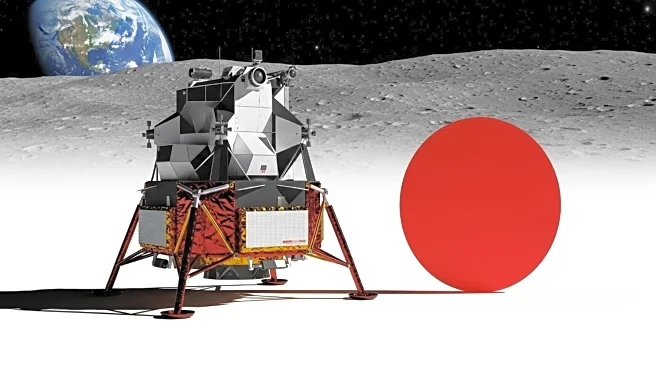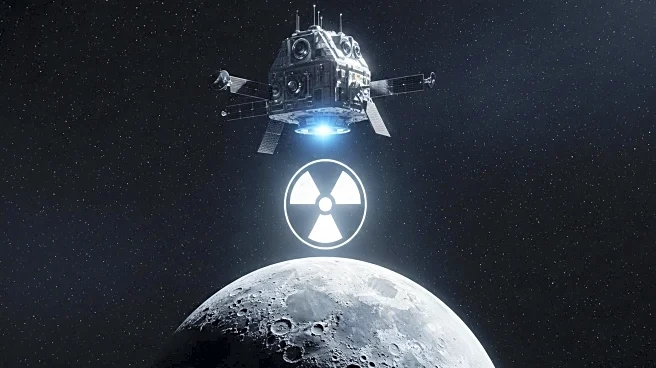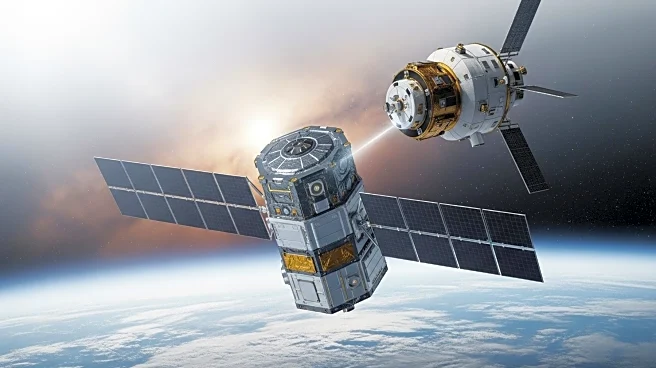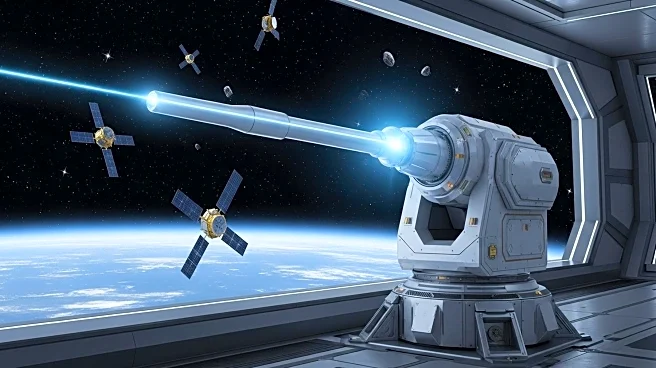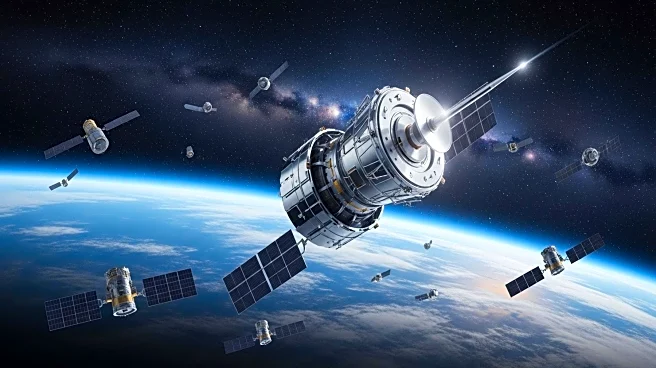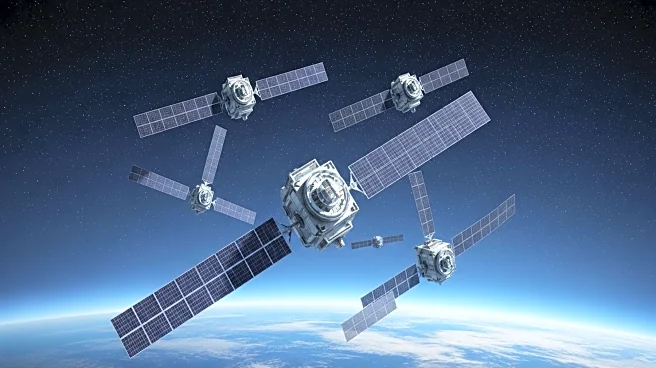What's Happening?
Tohoku University scientists in Japan have developed a plasma thruster using fusion reactor technology to address the growing issue of space debris in low-Earth orbit. This innovative approach aims to clear the orbital path by decelerating large debris, which poses significant risks to satellites and future human spaceflight. The plasma thruster utilizes a bidirectional design, enhanced by technologies from fusion reactors, to generate opposing plasma beams that counteract the motion of debris. This development is crucial as the accumulation of space debris increases the risk of collisions, potentially leading to the Kessler Syndrome, where debris collisions create more fragments, exponentially increasing the risk of further impacts.
Why It's Important?
The development of effective solutions to manage space debris is critical for the sustainability of space activities. As more countries and private entities launch satellites, the risk of collisions and the creation of additional debris increases. The plasma thruster technology offers a promising method to safely remove debris, protecting operational satellites and paving the way for more ambitious space exploration missions. This advancement not only addresses the immediate threat posed by space debris but also contributes to the long-term viability of space exploration and utilization.
What's Next?
The journey toward a debris-free orbit involves overcoming technical and logistical challenges, including international collaboration and regulatory frameworks. The high cost of launching heavier spacecraft, even with fuel-efficient plasma thrusters, remains a significant hurdle. However, the potential benefits of a successful debris removal system are immense, offering protection for existing satellites and enabling future space missions. Continued research and development in plasma thruster technology, along with international cooperation, will be essential in achieving a sustainable solution to the space debris problem.
Beyond the Headlines
The efforts to address space debris highlight the delicate balance between technological advancement and environmental stewardship in space. As humanity expands its presence beyond Earth, finding sustainable solutions to the debris problem will be crucial for the future of space exploration. The plasma thruster technology represents a significant step forward, but ongoing challenges in logistics, cost, and international collaboration must be addressed to ensure the long-term sustainability of space activities.

